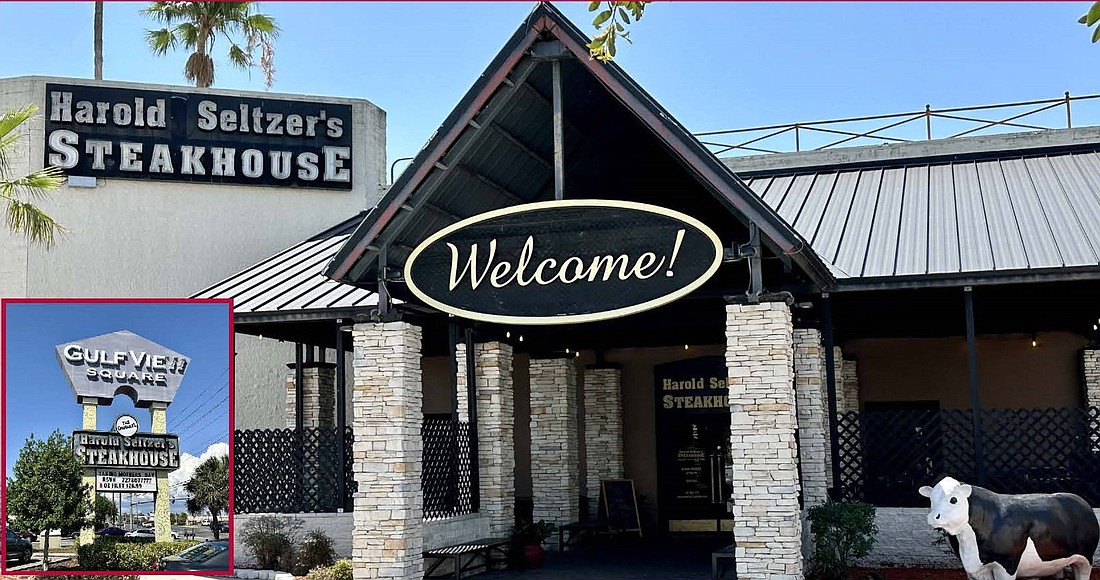- December 13, 2025
-
-
Loading

Loading

Harold Seltzer’s Steakhouse chain has put its longstanding Port Richey restaurant up for sale just a few months after closing its Clearwater location. But the company’s namesake says he — nor his restaurants — are going anywhere.
Harold Seltzer says his plans are not to shut down the two remaining locations, nor to walk away from the business he started in the early 1990s, but to, for the first time in his life, slow down. At least a little.